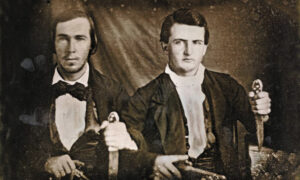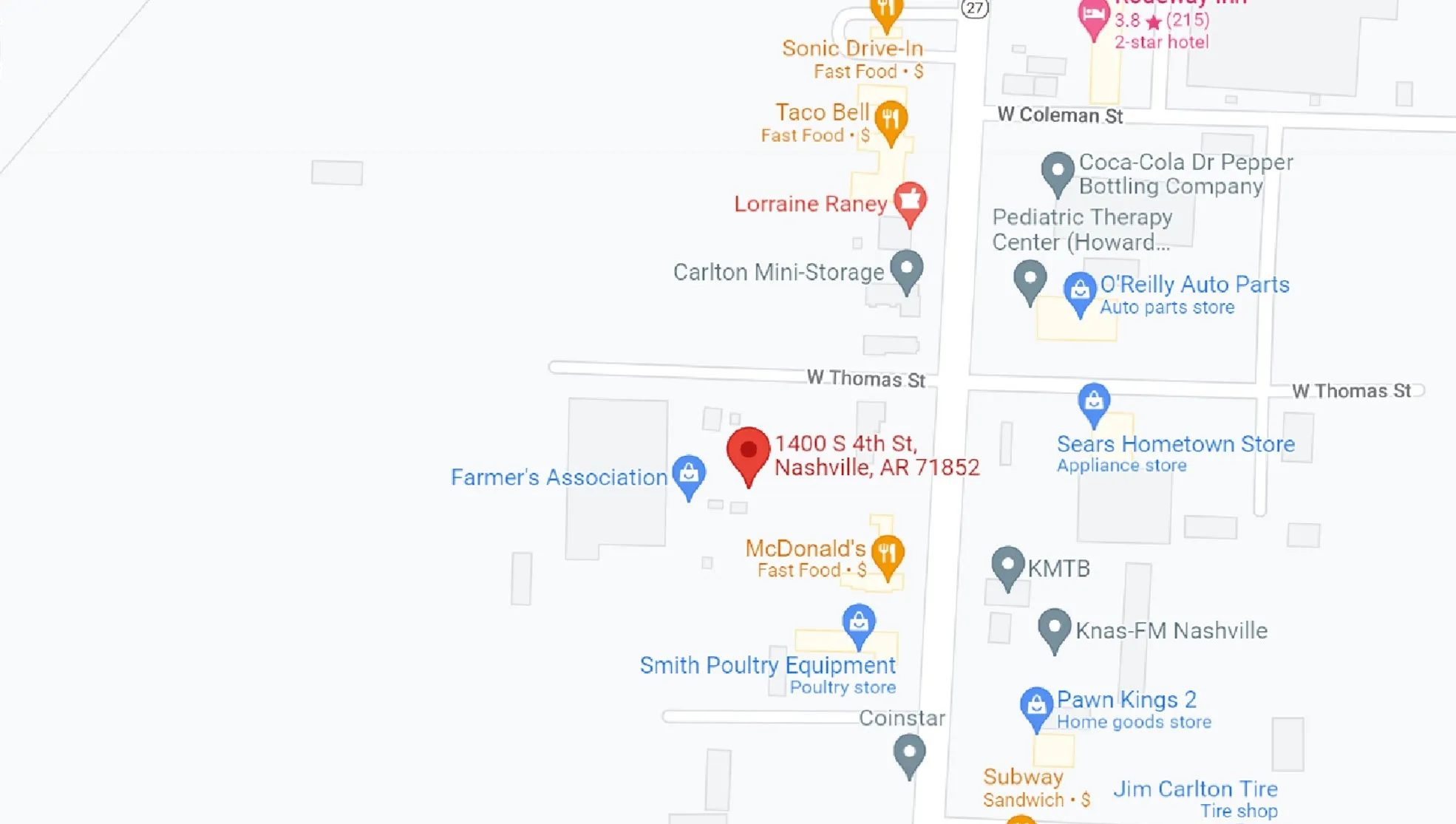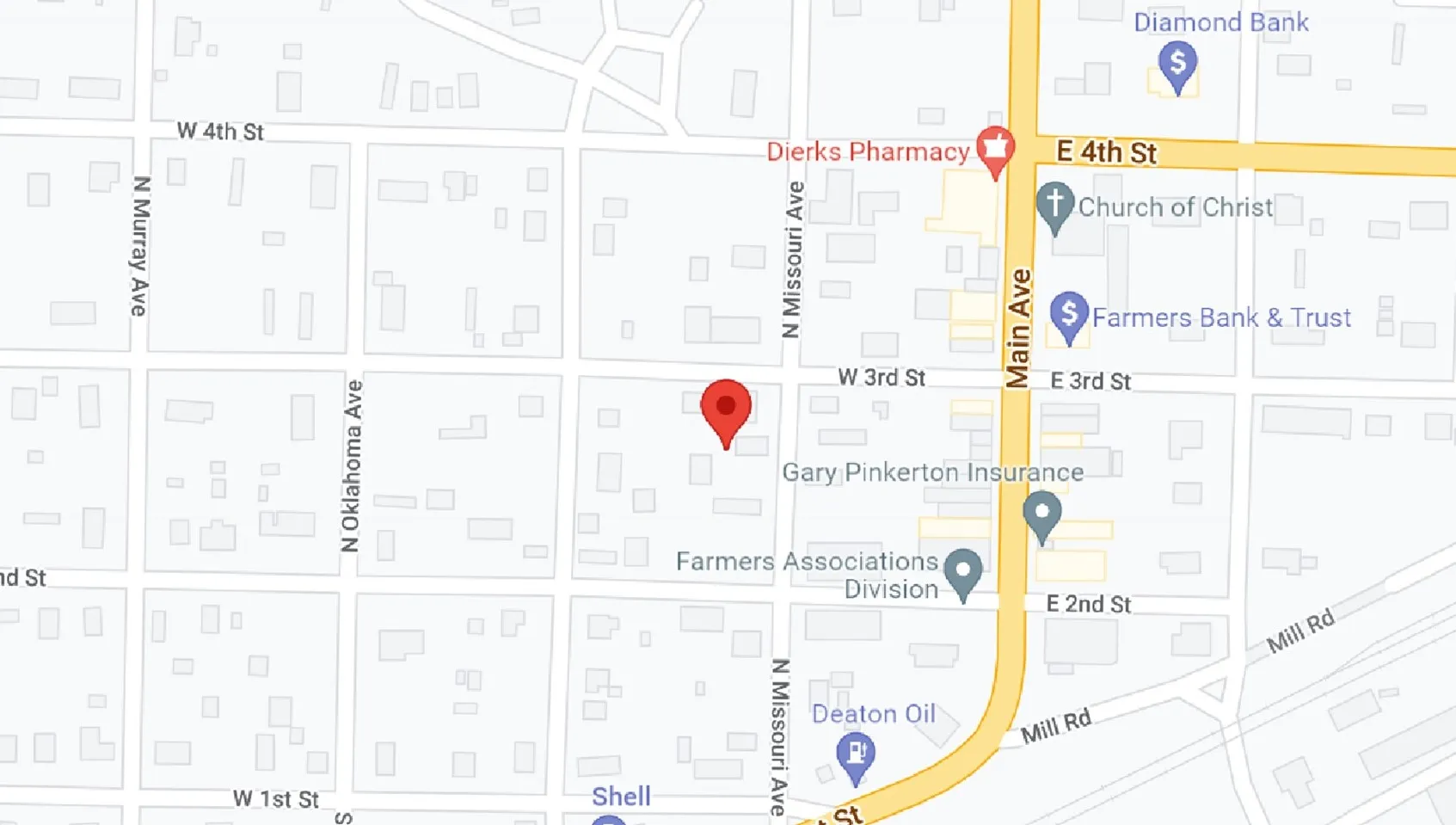Give your herd the quality products they deserve.
Keep your horses in peak shape with our trusted brands.
Grow and maintain your garden with our trusted products.
Keep your home pest-free with our pest control solutions.
Treat your companions with our quality pet products.
The choices and quality of a big-box store, with the service and friendliness of a family-owned small business.
A short history of Hempstead County

Hempstead County was formed on December 15, 1818. The county is named for Edward Hempstead, a delegate to the U.S. Congress from the Missouri Territory, which included present-day Arkansas at the time.

James Black, the blacksmith some historians credit for creating the knife that made Jim Bowie famous, is depicted above on the right. Jim Bowie designed the knife in the form of a carved wooden model. Black produced the knife ordered by Bowie, and at the same time created another based on Bowie's original design but with a sharpened edge on the curved top edge of the blade. Black offered Bowie his choice and Bowie chose the modified version. -Courtesy Historic Arkansas Museum

Hope, AR was named in honor of the daughter of James Loughborough, the Cairo and Fulton (railroad) Land Commissioner, who drew up the original plat.
https://www.hopearkansas.net/default.aspx

The Brundidge Building is a historic commercial building on West Second Street, in the commercial heart of Hope, AR. The 2-1/2 story brick building was erected in 1893 by J. P. Brundidge and is the city's best example of Romanesque Revival architecture.

Fair Park was originally just 40 acres and was acquired in October 1908 for $1,600 from Mr. J. Hanegan. Since then, an additional 146+ acres have been added to Fair Park, giving a total area of almost 190 acres.

Since the beginning, Hempstead has been a farming community. This photo shows an early photo of the Odin Ruggles Farm at Shover Springs in Hempstead County, AR. At left, is Sam Phillips with a two-month-old jennet colt, and to the right is his grandson, Harrison Phillips, with a fourteen-month-old jack colt. The Phillips family lived on the Ruggles farm. Picture courtesy of Lucille Ruggles. The copy work is by Robert Walz.

In 1920, who would have known that the Hope Tyson Chicken Processing Plant would one day be a major employer in the county? Pictured in this chicken yard at Shover Springs circa 1920 is Mrs. Virgil England. Picture courtesy of LaVeta Mouser.

The most anticipated festival of the year is the Watermelon Festival, which was started in the mid 1920s. The economy of the Great Depression closed the festival, for a while, but it is again the biggest event of the year!

The five- story masonry structure was built in 1939 with funding from the Public Works Administration, a Depression-era federal jobs program. It is Hope's finest example of Art Deco architecture. The building was listed on the National Register of Historic Places in 1994.

The citizens and farmers of Hempstead County helped in the national war effort to defeat fascism throughout the world. Ammunition was tested under the supervision of the Army Ordnance Department, using civilians for most of the work. The plant closed in 1946, and over time much of the Proving Ground became the Hope Municipal Airport.

William Jefferson Blythe III was born at Julia Chester Hospital in Hope, AR, and the home, located on 117 South Hervey Street is where this young boy learned many childhood lessons.
"In this house, I learned to walk and talk. I learned to pray. I learned to read and I learned to count by number cards my grandparents tacked on the kitchen window."
- President Clinton's Dedication Speech at the Birthplace Home, 1999.

Though his name isn’t too well known outside certain audio and technology circles, Paul W. Klipsch was one of the founding fathers of the country’s audio revolution that swept the nation in the years immediately after World War II.


More than 20K people began to attend annually!


The red brick Hope Depot was built in 1912 by the St. Louis, Iron Mountain & Southern Railroad. Passenger service in Hope ceased in the 1960s but has been revived with the first official Amtrak train stopping in Hope on April 4th, 2013.









